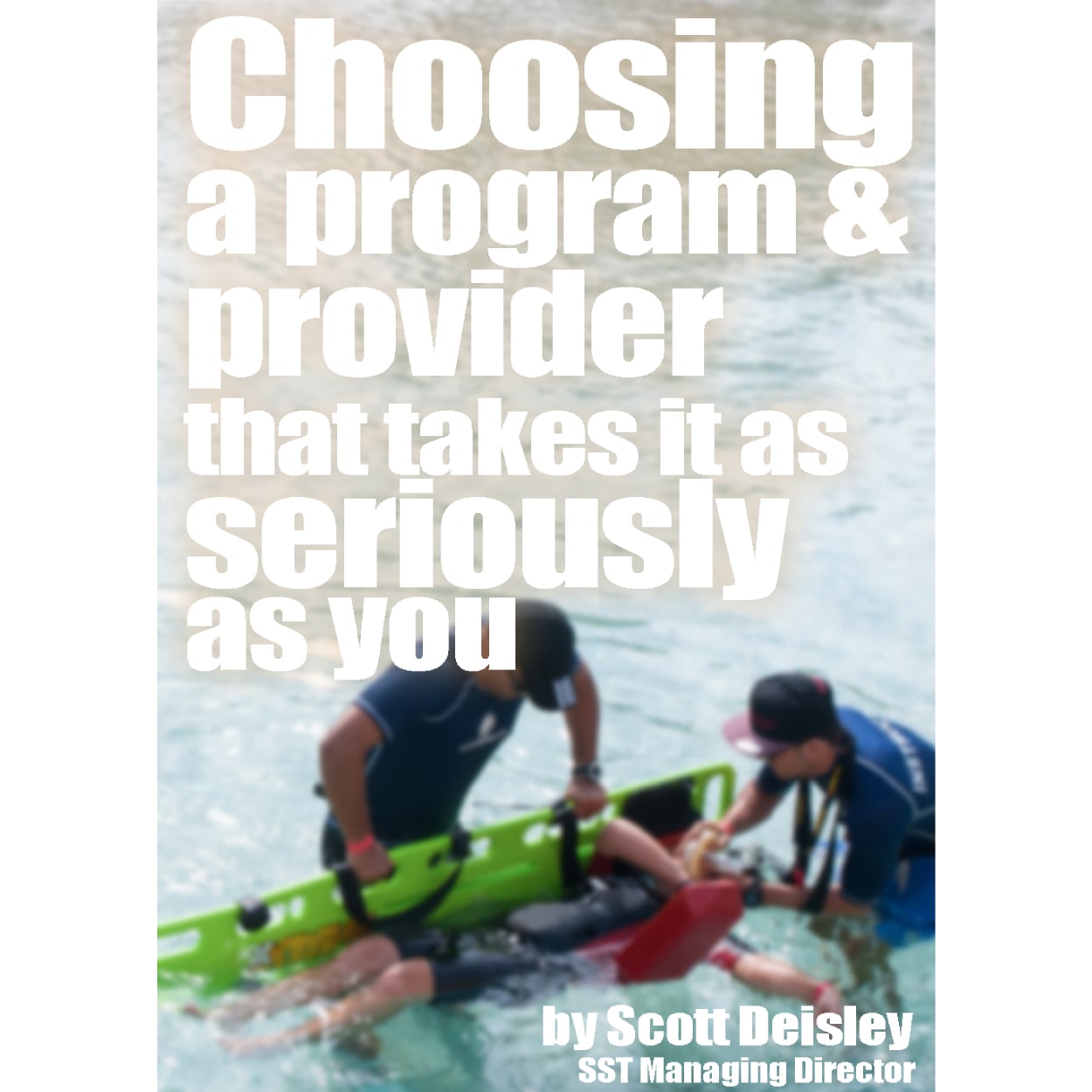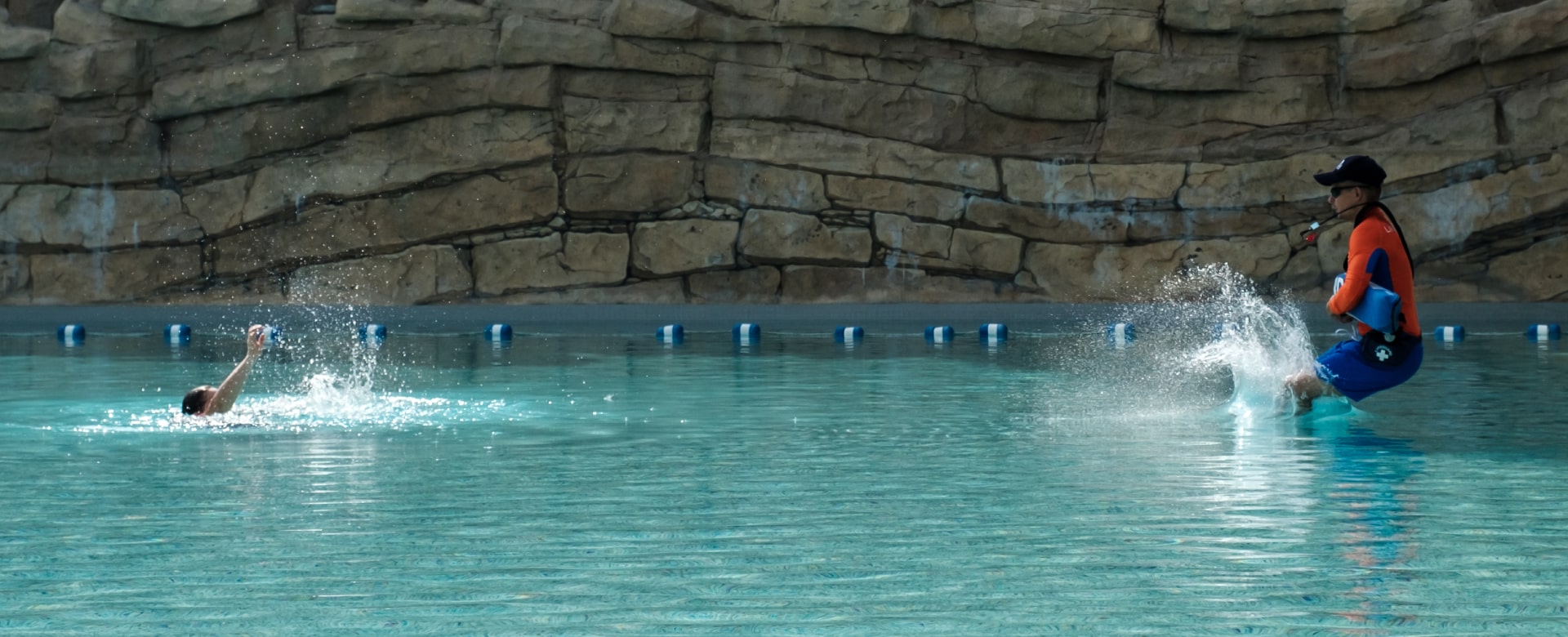
Choosing a Program
I was lucky. A job in water safety found me. The company had already come to grips with the reality that water is inherently dangerous, and had made a commitment to safety. It was a progressive, forward thinking company and they had found, and were implementing the newly formed Ellis & Associates (E&A) Comprehensive Aquatic Risk Management Program. Basically, I was set up for success from the beginning.
E&A was formed as a result of a drowning investigation in Houston, Texas in the early 80’s. The investigation uncovered a litany of issues with existing conventional wisdom relating to water safety. Some of the main points that were addressed were:
- Certification validities were too long and knowledge and skills eroded quickly.
- Certifications were valid for two to three years. E&A reduced credential validity to one year with annual renewal training to maintain it.
- Lifeguards rarely used their skills, accelerating knowledge and skills erosion.
- Four hours of in-service training were required to maintain validity of the credential.
- Lifeguards were not accountable for their performance.
- Licenses were issued in the place of certifications, ensuring they could be suspended or revoked in the same way a driver’s license would if performance suffered during the term of validity.
- Performance and skills were never checked after the original certification.
- Unannounced operational safety audits were performed several times per year to identify risk exposures and allow for corrective actions/efforts to be implemented to address them.
In short, E&A really took things seriously, and so did my employer. In turn, I took it seriously. It was really that simple. Users of the program swear by it, and most wouldn’t consider using any other provider. They are a small company, dynamic, touchable. You can call and talk to someone who will really take your questions and comments seriously. Everyone in the E&A community knows one another, and if they don’t, when they meet they will have an instant connection. The program is dynamic and since it’s not a maze of committees, changes can be made and implemented quickly when they will positively impact success rates. I was part of changing back boarding protocols years ago, just because I was part of a group that was motivated to make things better. When we identified a way to reduce head transitions during the process, it was considered, validated and implemented with immediate effect. It was a thrilling moment for me and the others involved in this process improvement, and our enthusiasm wasn’t tempered by months or years of analysis. It was a clear improvement, and it was made the standard that very day.
Some people think E&A takes lifeguarding too seriously, that it’s overkill. I consider it an understanding of the reality and a commitment to safety. Let’s face it, if your water safety provider isn’t serious about water safety, then who will be? And how can you or your team feel like it’s important?
I am sure there are other programs/providers that are good, and in the end, you have to make your own choices. But, if you have committed, you should be as enthusiastic about your provider as I am about mine…….31 years later.
If this content resonates with you the way it does with me, and you’d like to know how you can start working with us to take your program to the next level, please reach out to us at info@sstworldwide.com or on our office number, +971 4 456 0455 (local 04 456 0455).
